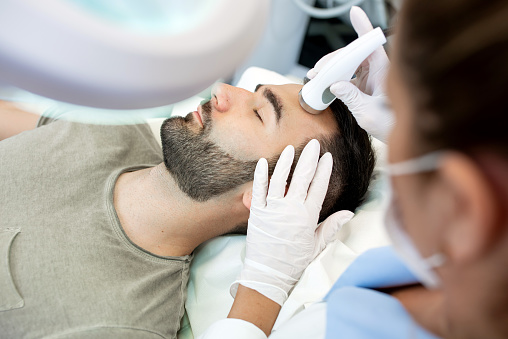Actinic Keratosis: Current Understanding of Pathophysiology and Therapeutic Targets
Featuring Brian Berman, MD, PhD
Join JDD for Part One of this two-part webinar series on “Advancing the Understanding of Actinic Keratosis: New Treatment Options and Strategies.” In this continuing education activity, faculty will explore the pathophysiology and differential diagnosis of actinic keratosis. Dr. Berman will review understanding of therapeutic targets of AK treatment approaches.
Upon completion of this enduring, internet-based webinar, participants should be able to:
- Review current understanding of the pathophysiology and differential diagnosis of actinic keratosis
- Discuss therapeutic targets of actinic keratosis treatment strategies
Faculty

Brian Berman, MD, PhD
Emeritus Professor of Dermatology and Cutaneous Surgery
University of Miami Miller School of Medicine, Miami, FL
Co-Director, Center for Clinical and Cosmetic Research, Miami Beach, Florida
You May Also Like


Get More from the JDD Webinars
Get the latest Webinar news delivered straight to your Inbox – sign up for the JDD Newsletter.
Discover the latest research, exclusive articles from leading dermatology experts,popular Podcast episodes, free CME activities, and more!










